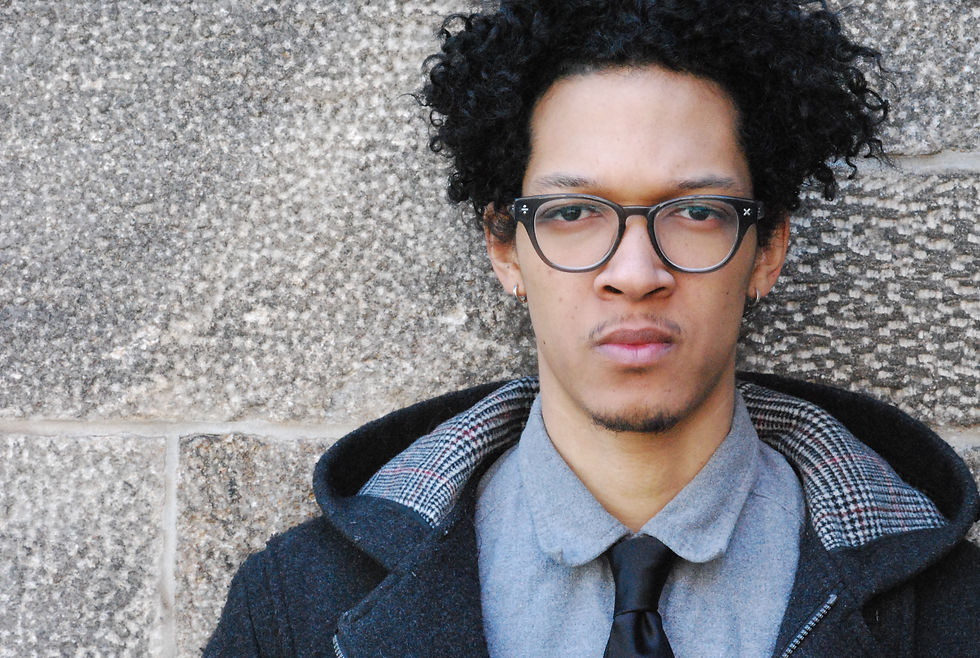Theatre of WAR
Theatre of WAR
Pictured: Chris Stevenson (Founder), Cassie Post, Marcus Stewart, Edith Pop
Photographer: Roman Dean
ABOUT
Theatre of WAR
Theatre Of WAR is an ongoing collective of artistic collaborators making innovative, investigative theater work in NYC since 2011.
Gallery for T.O.W. 2013 production of HAMLET


















PRODUCTION SYNOPSIS
ORIGIN
Theatre of WAR (TOW) was founded in 2007 by Christopher Stevenson. Christopher and Cassie Post both attended SUNY Purchase Acting Conservatory and have been collaborating since 2007. In 2012, their mutual friend Cameron DelGrosso pitched the idea of a HAMLET Production for the coming year, under the umbrella of Christopher's company, TOW.
FUNDING
HAMLET was funded through a Kickstarter Campaign. It was spotlighted on the Kickstarter homepage and with 97 backers and donations totaling $3,265, we easily surpassed our goal. In addition to Kickstarter, private donations were raised for a total budget of $5,000.
http://www.kickstarter.com/projects/1949895619/theatre-of-war-presents-hamlet
Check out our Kickstarter video below!
TOW offered affordable tickets through brownpapertickets.com at $10 per person. TOW's production of HAMLET was featured on TheaterMania's Gold Club site.
Producer: Cameron DelGrosso
Associate Producer: Troy Peckham, Cassie Post
Promotion: Marcus Stewart
CONCEPT
HAMLET's production aim was to "...call its audience to ACTION, inspiring them to act upon the social and economic policies being debated today".
- The show began with a cut from the Final scene, beginning with Fortinbras's line "Where is this sight?"
- Use of Ghost doubles in Ghost scenes
- Role doubling with Ghost/Claudius, Polonius/Osric, Rosencrantz/GD#1, Guildenstern/Second Clown, Bernardo/Priest, Player King/Fortinbras/Reporter/Messenger, Player Queen/Reporter/Whore/Gentlewoman, Lucianis/Reporter/Whore/Sailor
- Laertes scene in France was 'acted out' on stage simultaneous to dialogue in 'II.i'.
- During Gertrude's monologue in 'IV.vii', Ophelia performed a dance
(TOW casting is open to all ethnicities, gender identities, and ages.)
TIME/PLACE
Set in "Shakespeareland", the TIME is a blend of Shakespearean and present time. Dialogue is spoken with a modern accent, but heightened naturally by the text.
SET
Production took place in what was The 133rd St. Art Center (308 W. 133rd, between St. Nicholas and Fredrick Douglass, NYC). It is a modest black box theater, with few windows and blackout curtains. Risers were erected for a proscenium stage (70 seat theater). In the middle of the stage, a 8.5' x 11.5' Platform was built to create levels for blocking, and to accommodate Ophelia's grave (a rectangle cut into the stage to open/remove). It was large enough to accommodate the fight scene and to lower Ophelia at the end of the scene below the stage.
Set Design: Richart Schug
Set Builder: Nick Nocera
COSTUMES
The colors were very minimal. A majority of characters dressed in dark/black or white. Costumes were plain with hints of color from accessories, allowing the audience's imagination to embellish. Such accessories denoted character: a red tie for Claudius, Polonius a blue tie, Laertes wore blue suspenders, Hortatio wore a yellow kerchief, the Players wore rainbow colors, etc.
Costume Designer: Cassie Post
LIGHTING
The lighting was harsh or dim, and employed to create boxes and spotlights of new space. The intimate size of the black box was utilized to an advantage; the proscenium stage, along with the music, allowed creation of an encapsulated world. The contrast of light made it easy to grasp the audience's attention and woo their imagination further into the world of HAMLET. A strobe light was used during Ophelia's dance and Ghost Scenes.
Light Design: Kaitlyn Bestenheider
Board Operators: Marcel Mascaro and Marcus Stewart
BLOCKING
HAMLET was blocked prior to rehearsal. Due to the size of the venue and dimensions of the black box, there was limited space for what is considered an 'epic tale'. The illusion of space was created with levels of the platform, and new spaces with light. In addition, the entire theater was utilized for blocking and scenes: stage, backstage, curtains, vomitorium, the audience and under the audience.
Stage Manager: Rebecca Cotton
Dance Choreography: Adama Ideozu
Fight Introduction: Zach Porterfield and Brendan Sokler
Fight Choreography and Direction: Cassie Post
MUSIC
Music was key in this production of HAMLET and brought all the elements together. A majority of the play was underscored. The score helped illuminate key plot points and words, creating a 'cinematic' quality to the pace of the production. This allowed modernization of the production by attaching popular songs that informed the audience as to the 'mood' of the scene.
Composition: John Feliciano
Musicians: John Feliciano and Edward W. Hardy